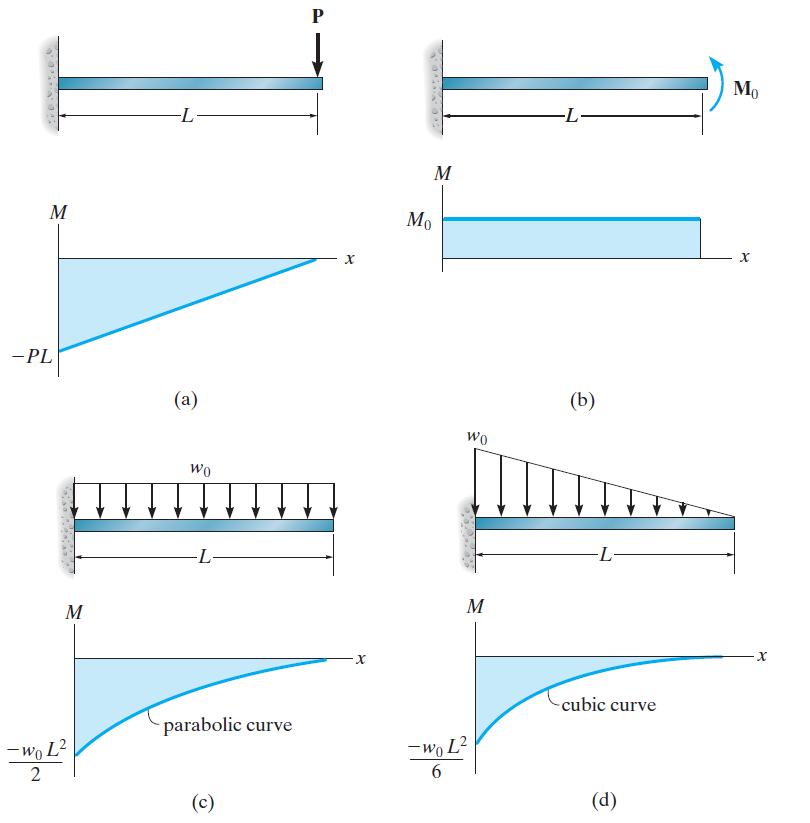Transition zone in concrete
Concrete usually composed of aggregate and hydrated cement paste. The cement paste in the vicinity of aggregate has a different structure from the aggregate and bulk hardened matrix. This cement paste will form a distinct phase different from the aggregate and bulk hardened matrix. Understanding the properties of this transition zone will enable us to understands many aspects of concrete and the behavior of concrete under loads. Thus, the third phase makes unique features to the concrete structure.
Determination of the third phase in concrete can be done using two methods. The First method is micro-indentation. This method will determine the hardness of the material. Curve in figure 1 showing the microhardness and the distance from aggregate. We can notice that the hardness of elements that form the third phase is low compared to aggregate and bulk hardened matrix.
The second method of determining of cement paste around aggregate (third phase) is by direct observing of SEM(Scanning electron microscope) photo of concrete as shown in figure 2. the white area represents the aggregate and the dark area in the vicinity of aggregate represent the third phase.
Transition zone composed of the same elements as hydrated cement, but it possesses different properties. Therefore it should be treated as a separate zone.
Determination of the third phase in concrete can be done using two methods. The First method is micro-indentation. This method will determine the hardness of the material. Curve in figure 1 showing the microhardness and the distance from aggregate. We can notice that the hardness of elements that form the third phase is low compared to aggregate and bulk hardened matrix.
Figure 1
The second method of determining of cement paste around aggregate (third phase) is by direct observing of SEM(Scanning electron microscope) photo of concrete as shown in figure 2. the white area represents the aggregate and the dark area in the vicinity of aggregate represent the third phase.
Figure 2
Third phase or transition zone or interfacial zone is important, and it plays a significant role in determining concrete properties. The third zone represents the interfacial region between aggregates and hydrated cement. It is a thin shell of 10-50 μm thick around the large aggregates. The third phase represents a small percentage of concrete, but it has a significant effect on concrete properties.
- Figure 3 showing the behavior of aggregate, cement, and concrete under uniaxial compressive force. We can notice that the aggregate and cement will behave elastically under the compression, whereas concrete behaves inelastically under the load. This inelastic behavior attributed to the transition zone. The transition zone is porous, and it will deform more than aggregate and hydrated cement under compressive load.
Figure 3
- From table 1, we can notice that the permeability coefficient of concrete is more than the aggregate and HCP(hardened cement paste). Even the concrete composed of aggregate and HCP but the permeability is more. The increase of concrete permeability is related to the transition zone. As I said before transition zone is porous more than HCP and aggregate, and it will allow a smoother flow of water.
Table 1
- From figure 3, we can notice that the concrete has a lower compressive strength compared to cement and aggregate. The reduction of concrete strength is related to the transition zone.



















Comments
Post a Comment